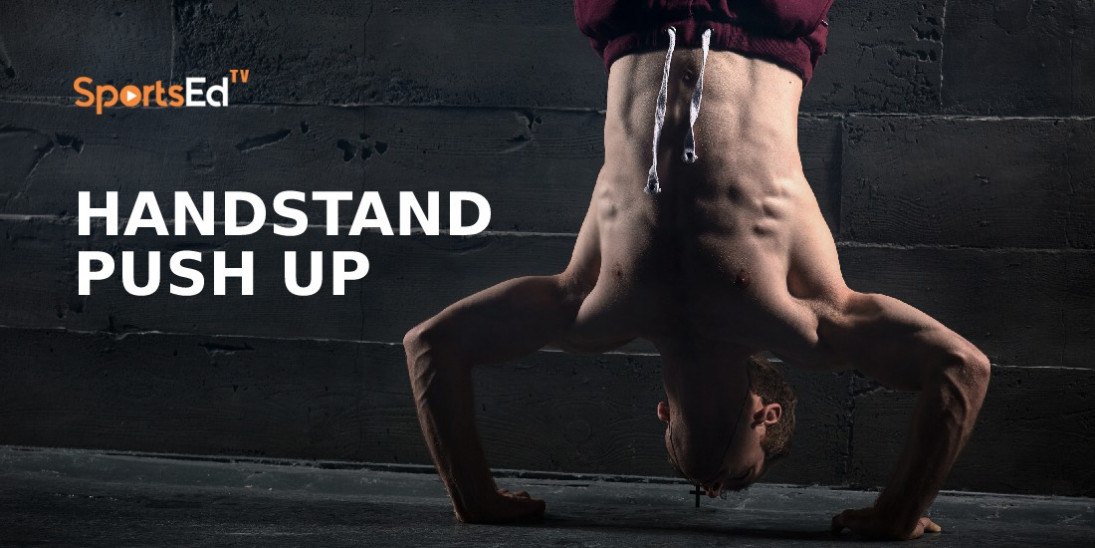Weightlifting
Welcome and thanks for visiting...

How High Is Their Sky?

Measuring how high a young athlete jumps has become a coaching tool that adds fuel to the age-old Venus and Mars gender and power discussion that a pride of research lions has brought to the weightlifting world.
Represented by Clemson, West Virginia, East Tennessee State and Charles Darwin Universities published the downloadable Performance Comparisons of Youth Weightlifters as a Function of Age Group and Sex in The Journal of Functional Morphology and Kinesiology.
Though it comes as no surprise to most, the Venus/Mars-Androgen/Estrogen gap becomes distinct and measurable in one of the study’s graphics that shows young boys' and girls' jumping abilities are similar until puberty powers the boys higher.

They say the knowledge the study presents can help coaches anticipate changes in young weightlifters' performance to aid in developing a competition plan.
“In addition to enhanced understanding of performance development, a practical tool to gauge the current performance potential of a youth weightlifter can be useful. There has been evidence that higher-caliber weightlifters are likely to jump higher than lower-caliber counterparts. Indeed, exercises frequently used by weightlifters in training are known to enhance vertical jump height and weightlifting performance. The relationship between weightlifting and jumping performance is primarily supported by evidence derived from adolescent and young adult athletes,” their research says.
They go on to assert that vertical jump height is not only a practical and reliable tool to evaluate performance potential, but it is also easy to do.
As they continue, “the available evidence indicates that some of the factors that also lead to a higher-caliber weightlifter, such as maximum strength, are likely those that lead to a better jumper. For example, maximum strength is often thought to limit one’s force production capacity in a dynamic explosive movement, consequently limiting displacement of an object (e.g., body mass and/or barbell)”.
In the study, data from 130 youth athletes 65 boys and an equal number of girls were used to examine the progression of performance and the relationship between countermovement jump height (CMJH) and weightlifting’s Sinclair total while considering interactions between CMJH and age and/or sex.
Goals and Objectives
The study began with two goals:
- Help improve weightlifting coach’s knowledge of performance trajectory based on age and sex of a young athlete.
- Contribute to performance monitoring through the use of vertical jump height.
Its objectives were:
- Examine the progression of weightlifting total during youth periods in relation to operationally defined gender and age.
- Examine the degree to which jumping height reflected a young weightlifter’s Sinclair total as it related to gender and age.
Excerpted Discussion Highlights
- Male weightlifters generally experience a steep increase in weightlifting total between the age groups of 12–13 and 14–15, which is unlikely to occur in female weightlifters. This increase in male weightlifters appears to be caused by factors besides an increase in body mass unlike in the other age groups.
- The sudden increase in the difference between the two sexes, however, might be explained based on the related literature of human development. During puberty, a steep rise in androgen concentrations takes place among male children, which in turn leads to greater enhancement of fitness qualities compared to female counterparts.
Excerpted Practical Implications
- The researchers emphasize it is important that their practical implications are based on chronological age and not necessarily maturation level because age is used to set up competition levels.
- Given the lower overall rate of improvement in fitness qualities, a female youth weightlifter may benefit from a greater emphasis on muscular and strength development at an earlier age.
- As a general rule, an increase in jumping height suggests a greater possibility of an increase in Sinclair total.
This leads SETV editors to conclude weightlifting's next superstar may be up, up and a weigh! Sorry. :-)





